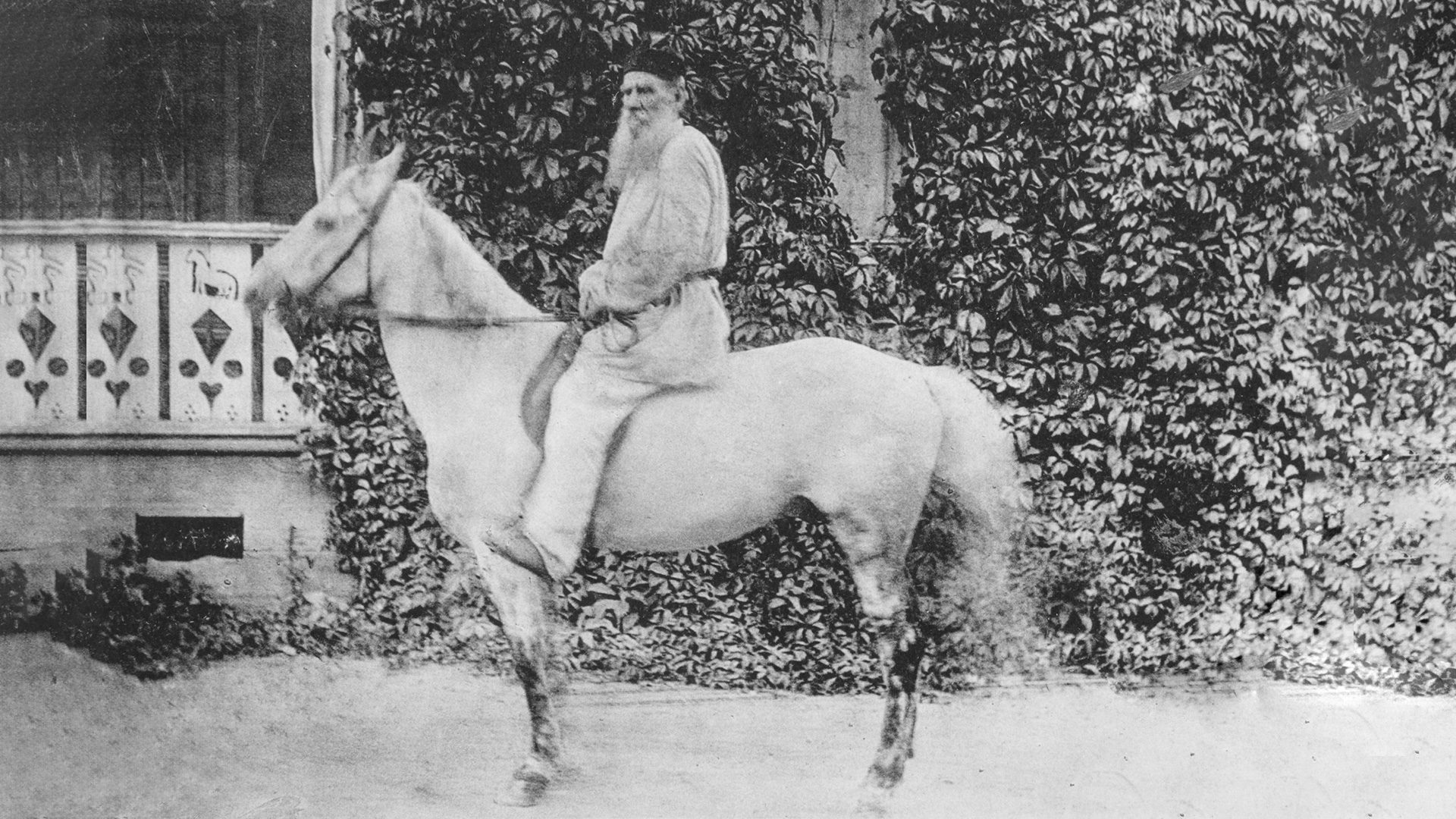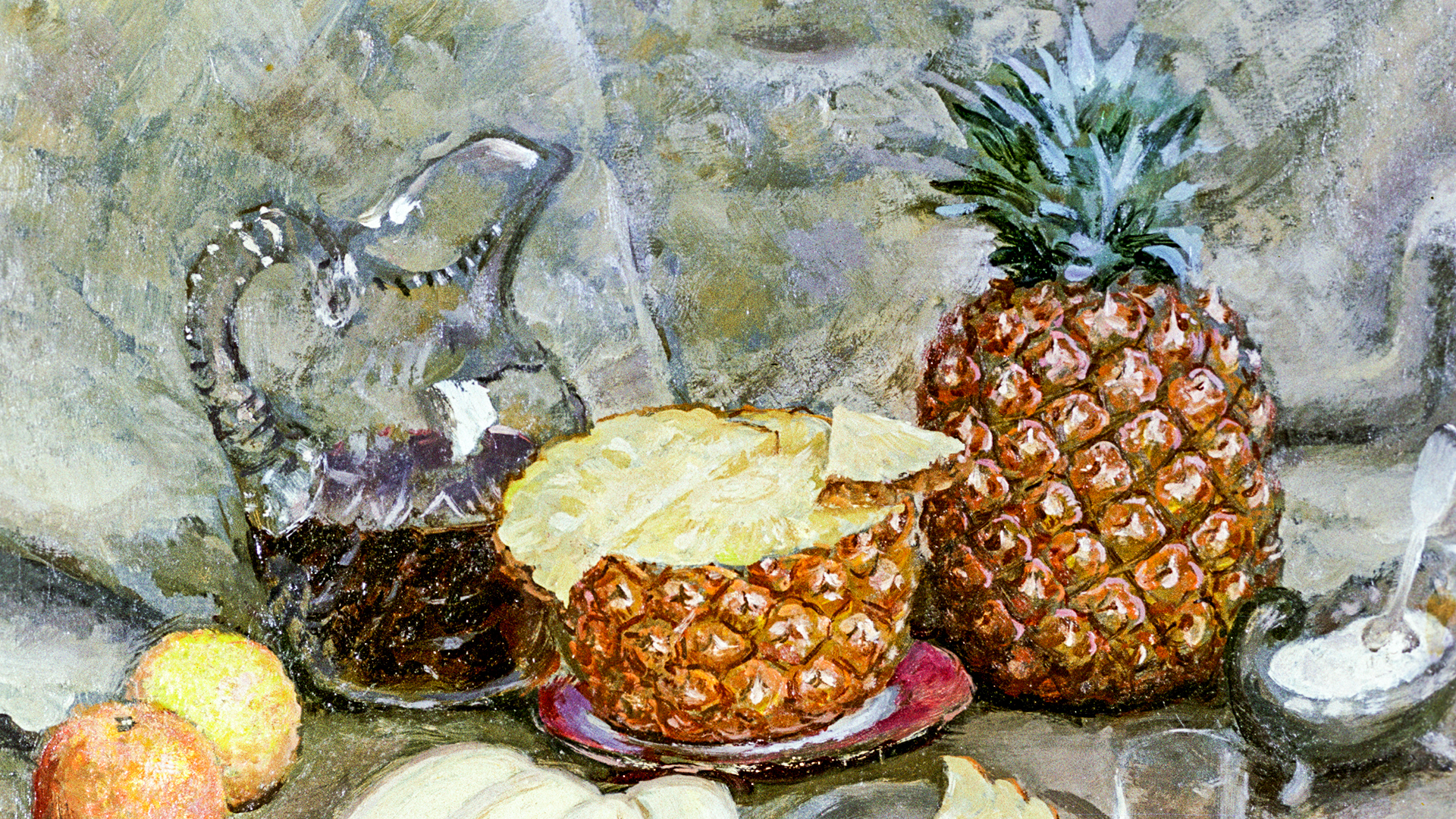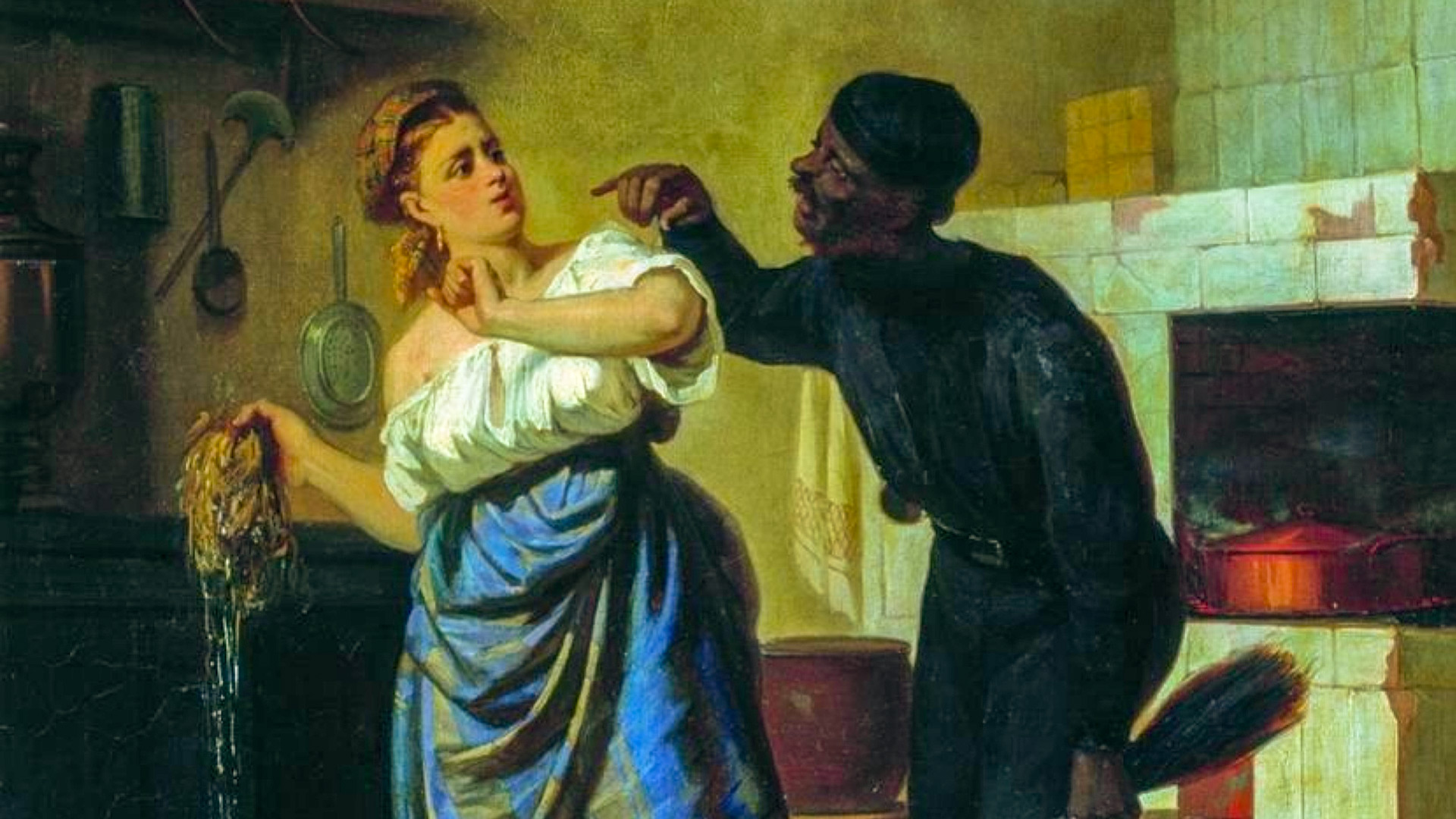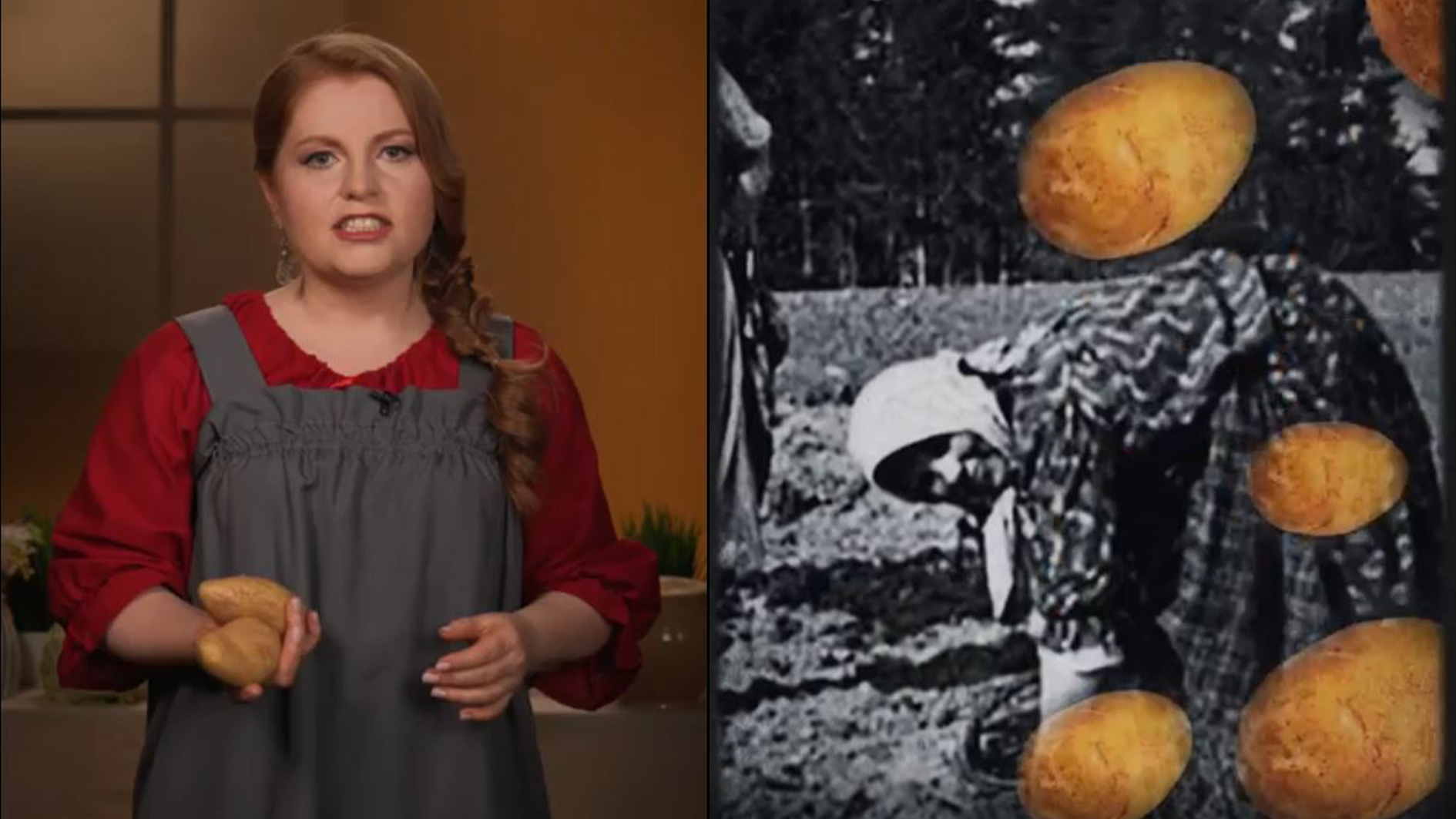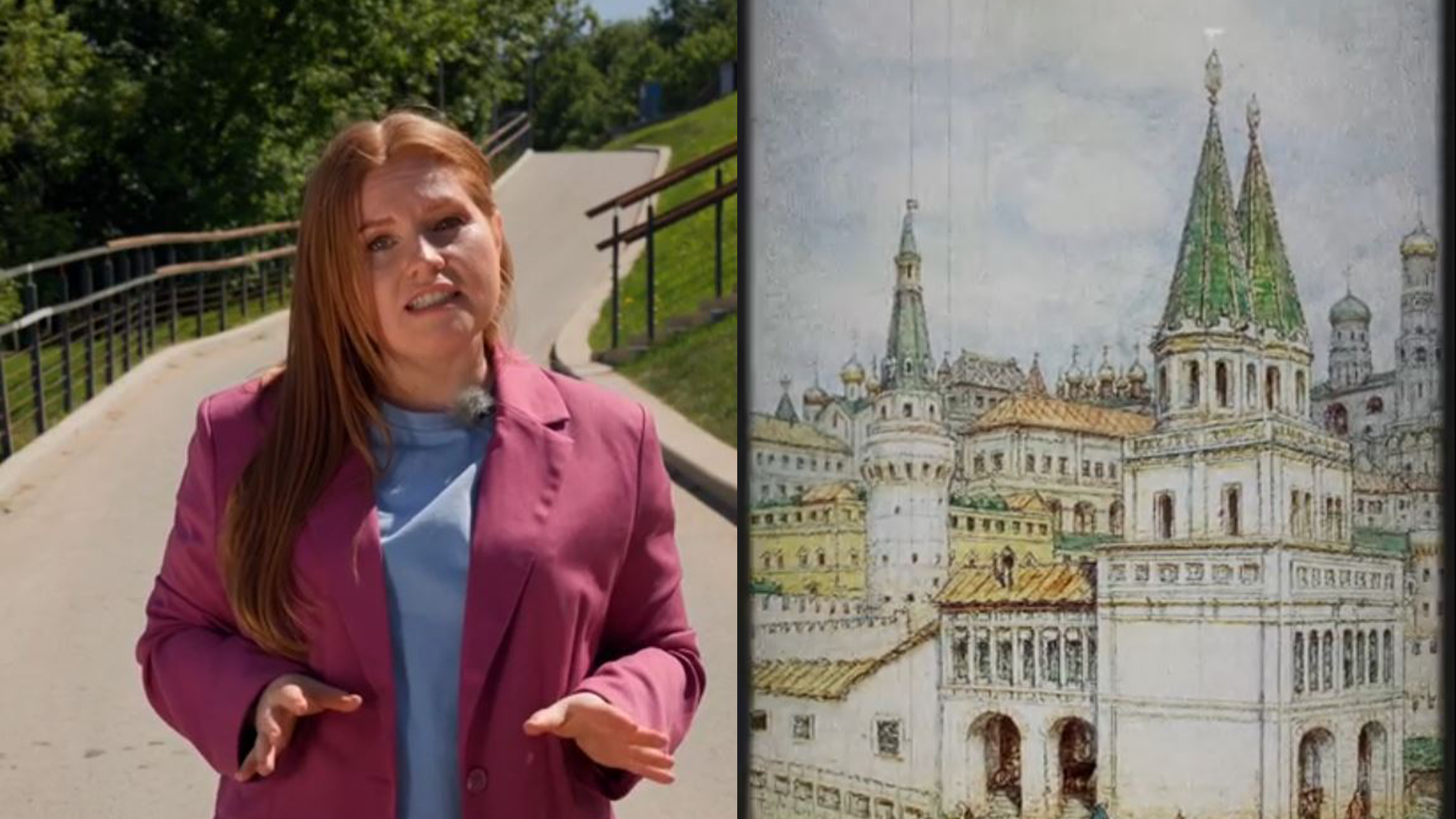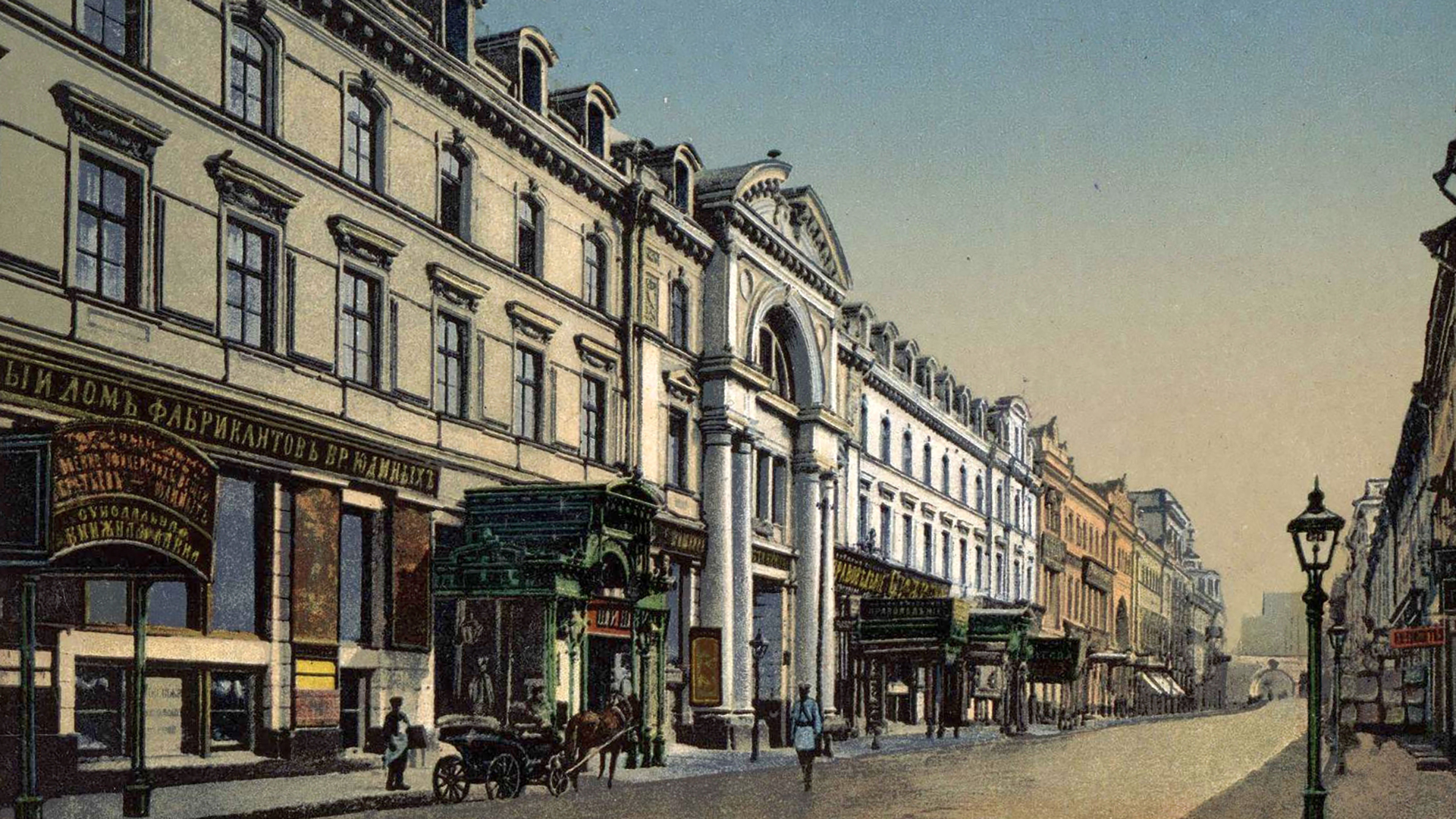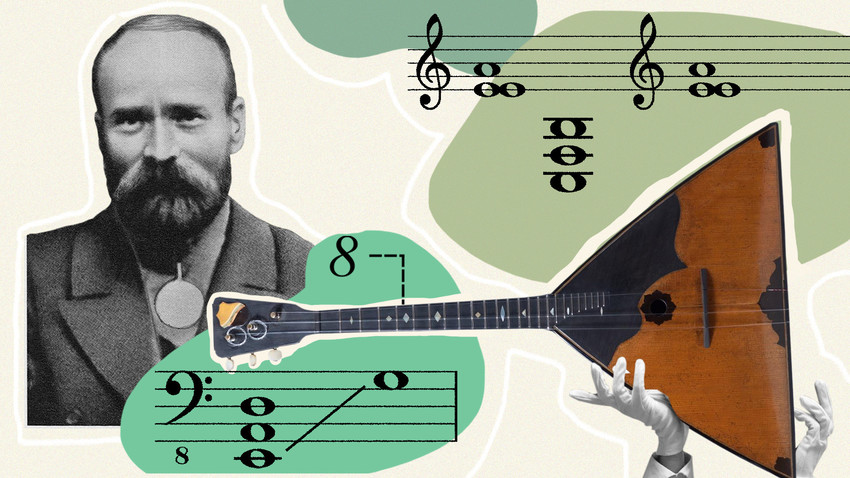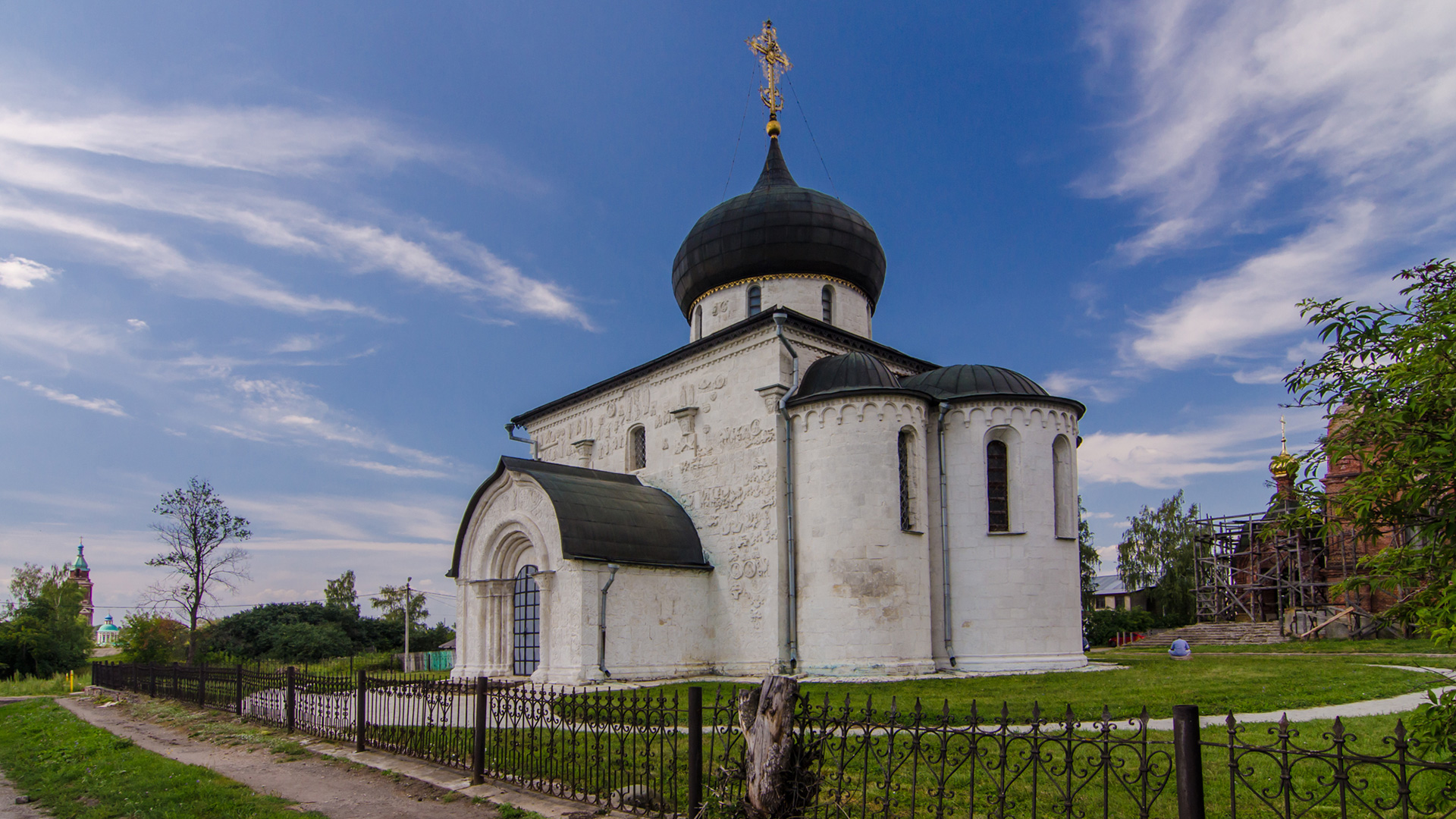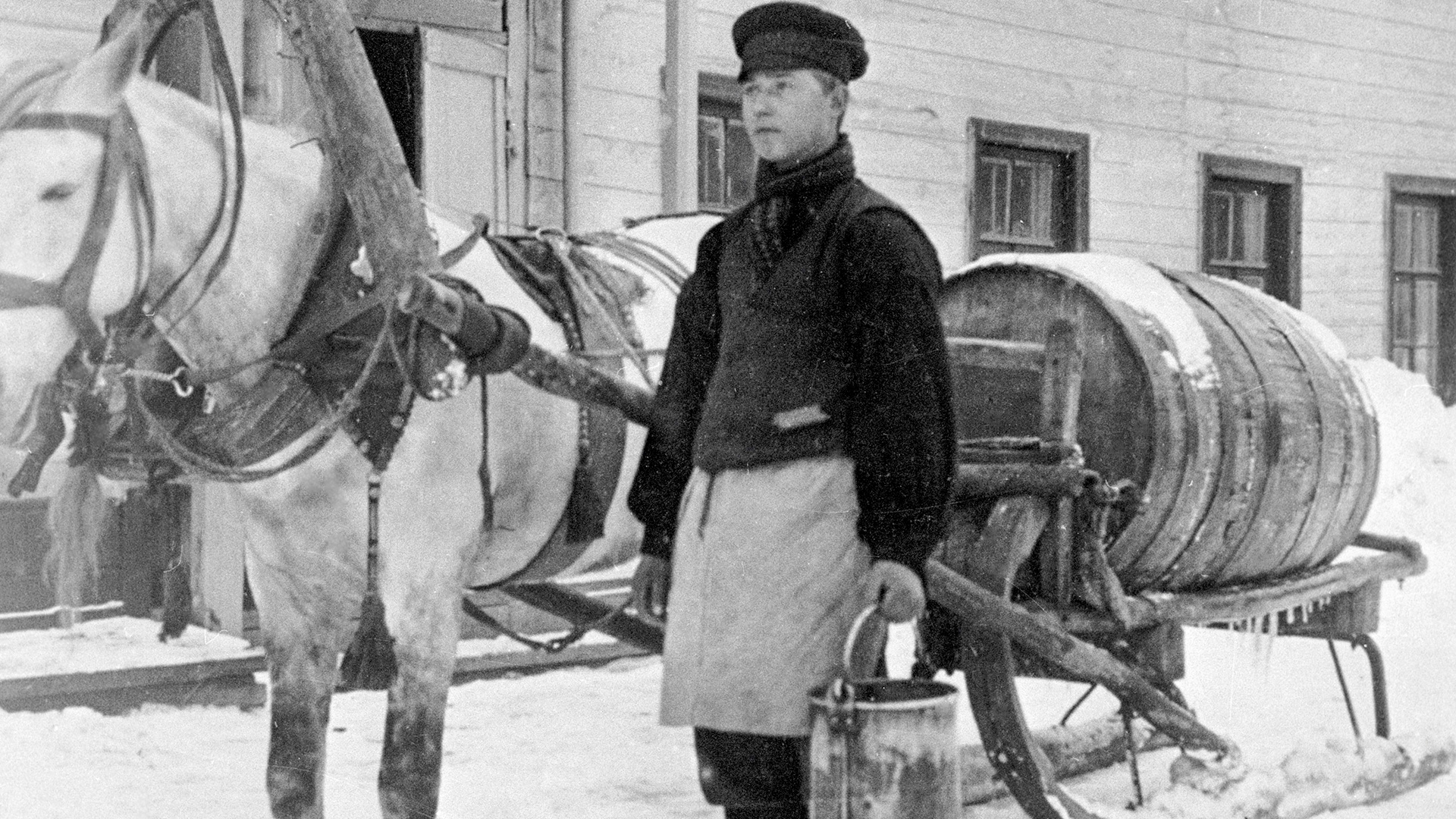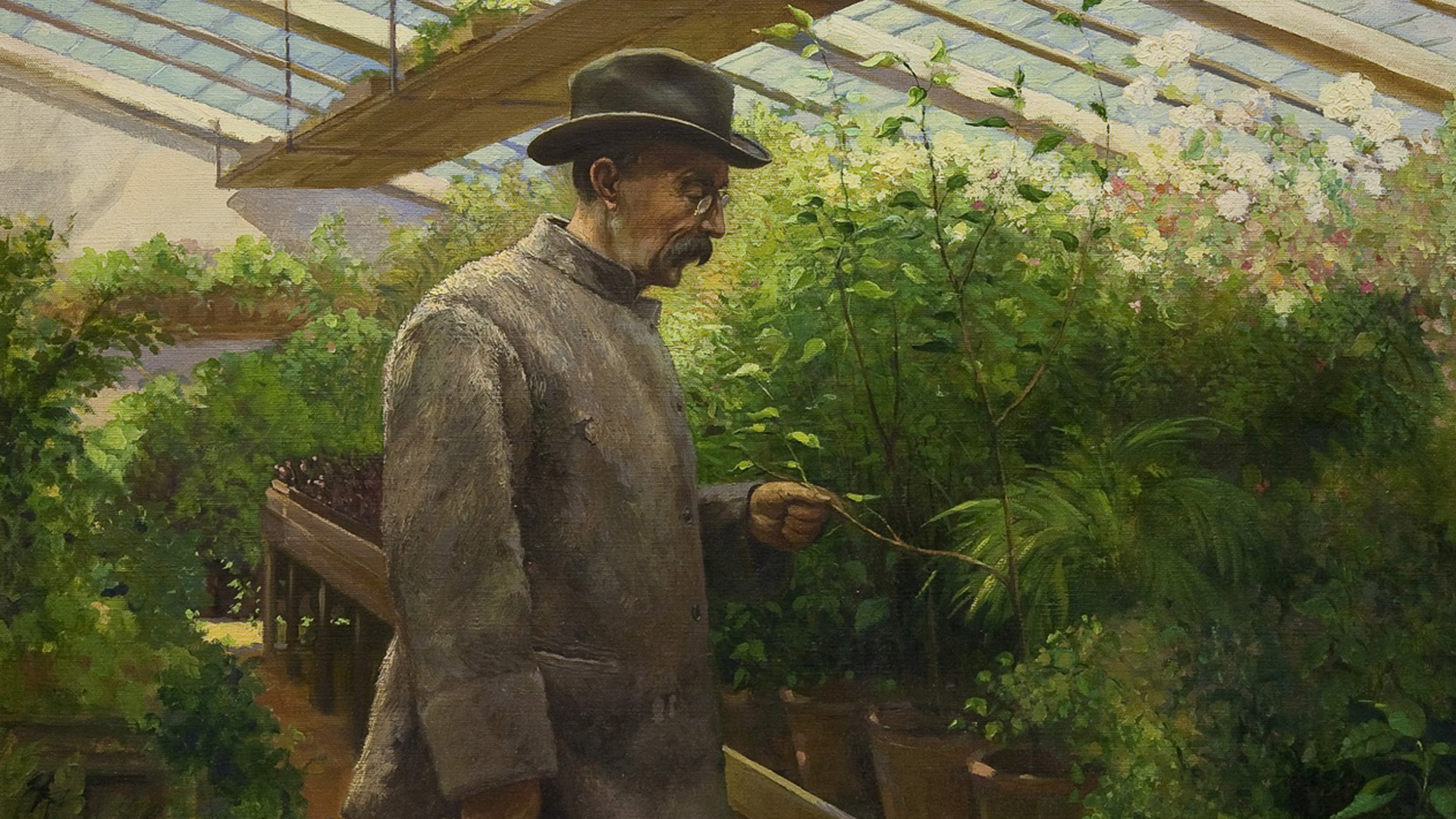
Love triangles of Russian writers

Ivan Turgenev, Pauline & Louis Viardot

“I live on the edge of someone else's nest,” the famous 19th-century novelist said of himself. Having depicted many different families in his novels, he was never able to build his own. Perhaps the reason for this was the difficult relationship between his parents (his mother was older and richer than his father and he was not known for his fidelity to his wife). Or, perhaps, his strong love for singer Pauline Viardot, which he carried throughout his life.
Turgenev and Pauline met when they were both in their early 20s. The singer's husband Louis introduced them. Pauline had a rather unusual appearance, which many found unattractive. However, her incredible, enchanting voice turned her into a beauty. Turgenev was a tall, large man almost two meters tall and was sometimes called ‘The Russian Bear’.
Over the next 40 years, the writer tried not to be separated from the Viardots for long. He lived nearby, regularly saw them, came to Pauline's performances, gave his daughter, born of a Russian peasant woman, up to her to raise, gave her jewellery and simply could not live without Pauline. This union lasted until the writer’s death in 1883, when he died in Pauline's arms.
Nikolai Nekrasov, Avdotya & Ivan Panaevs

Russian poet Nikolai Nekrasov, known as the ‘singer of the peasantry’, was not only a successful and experienced merchant, but also a temperamental hero-lover. His romantic exploits were legendary. One of the writer’s most scandalous relationships was a threesome marriage with the Panayevs. Avdotya Panaeva was the wife of another Russian writer and critic – Ivan Panayev. However, this did not bother the young poet. He courted her for a long time, seeking reciprocity.
At first, she refused him, but then gave in. It is noteworthy that it was Avdotya who introduced her lover to her husband and this was the beginning of a long and strong friendship between the two men. And it was Ivan Panayev who invited Nikolai Nekrasov to live with them under one roof. This union lasted 16 years, two sons were born in it, who, sadly, died in infancy. After the death of Ivan Panaev, Nikolai and Avdotya separated.
Olga & Nikolai Chernyshevsky & a certain Ivan Fedorovich

Nikolai Chernyshevsky was a classic writer of 19th-century Russian literature and author of the forbidden novel ‘What Is to Be Done?’ Like some of his contemporaries, he believed that the old marriage was outdated and required serious reforms. Even before his marriage, he wrote: “In my opinion, a woman occupies an unworthy place in the family. I resent any inequality. A woman should be equal to a man. But, when a stick has been long bent on one side, to straighten it must be bent much more to the other side.”
At first, he himself was “third” in the marriage of his friend Vasily Lobodovsky. Lobodovsky married the daughter of the station keeper and a penniless woman. Chernyshevsky delved into all the nuances of the young couple’s relationship, helped them with money and kept watch under their window. But, the caretaker's daughter refused to learn languages and read Gogol and her friends were disappointed in her “enlightenment”.
Then, Chernyshevsky decided to marry himself. As a result, his choice fell on Olga Sokratovna Vasilyeva, the daughter of a Saratov doctor. The young lady's temperament and relationships with men jeopardised her reputation, but Chernyshevsky “saved” her from the parental yoke and gossip.
In letters to his wife from exile, the writer insisted in every way that she take care of her health and observe the rules of hygiene, since sexual abstinence is contraindicated for women. Olga Sokratovna listened to her husband and found a lover named Ivan Fedorovich.
Alexander Herzen, Natalie & Georg Herwegh

Writer Alexander Herzen, author of the novel ‘Who's to Blame?’, managed to live in an open marriage, tangling his family relationships tighter than ever. The peaks of the first love triangle were Alexander, his wife Natalie and German Romantic poet Georg Herwegh. They lived in Geneva, Herweg taught Herzen's son natural sciences, Natalie gave Herwegh lessons in Russian, while Herweg's wife Emma lived in Paris with their two children. At the same time, following the ideas of Rousseau and George Sand, Natalie dreamed of settling the two families under one roof somewhere on Lake Geneva. For a short time this happened, but Gerweg told Emma about the affair with Natalie, for which Herzen kicked Herwegh out of the house. Emma begged him to allow Natalie to leave with the inconsolable Herwegh, who threatened to commit suicide. And it almost came to a duel. From all these worries, pregnant Natalie fell seriously ill and died in May 1851, the child also dying.
Alexander Herzen, Nikolay Ogarev & Natalie (other)

But Herzen would experience the “marriage of three” again six years later. This time, Alexander fell in love with Natalie Tuchkova-Ogareva (incidentally a friend of Herzen's late wife), the wife of Nikolai Ogarev’s friend and adopted brother. Ogarev was magnanimously willing to give in, but, in the end, Herzen found peace with Mary Sutherland, another woman in need of “rescue” and care.
Lilya & Osip Brik & Vladimir Mayakovsky
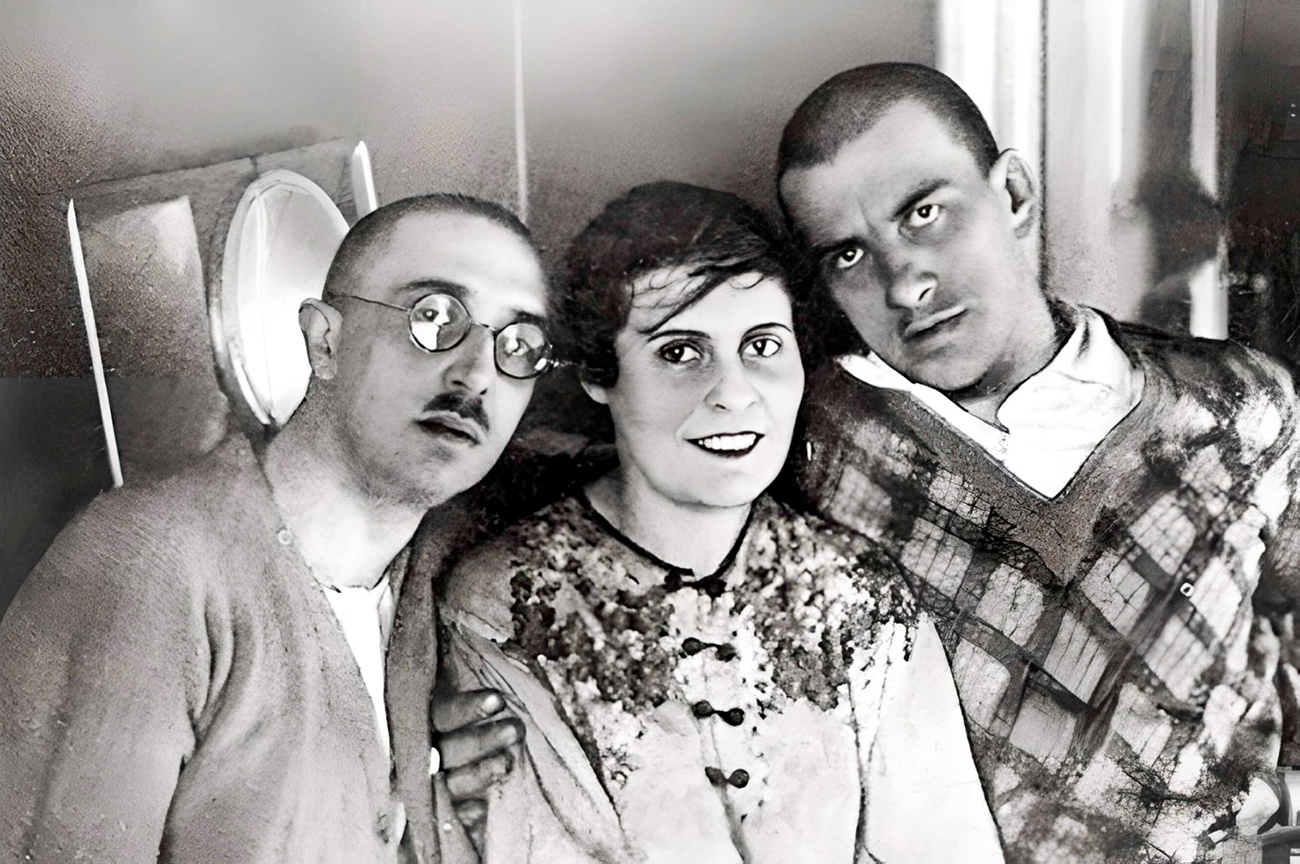
This was probably the most famous polyamorous family in Russian literature. Lilya and futurist poet Vladimir Mayakovsky met in 1915. At that time, Lilya was already married to literary scholar Osip Brik. They began an affair and, three years after their acquaintance, Lilya invited Mayakovsky to live with them. Life in threes was not easy, but very eventful. Poet Andrei Voznesensky recalled how Lilya Brik described the details of their intimate life, emphasising the poet’s passion and impulsiveness, who was also extremely jealous.
Mayakovsky invested all his strength and soul in this triple union: he loved, suffered and provided for everyone. He even bought Lilya a car, which she drove rather carelessly and even once hit a child. After 10 years, Lilya and Osip divorced and, five years later, Mayakovsky committed suicide. Lilya, however, managed to live a long life and, in her old age, liked to remember the rebellious youth.
Ivan Bunin, Vera Muromtseva & Galina Kuznetsova

When writer Ivan Bunin was once asked if he loved his wife Vera, he answered: “Love Vera? How is that? It's like loving your own arm or leg…!” Therefore, it’s not surprising that, having fallen in love with Galina Kuznetsova, who was 30 years younger than him, Bunin brought her to his and Vera’s shared home after some time. True, at first, he introduced her as a secretary and student, but soon their true relationship was no longer a secret.
In 1933, the three of them travelled to Stockholm to receive Bunin’s Nobel Prize for Literature. On the way back, Galina met opera singer Marga and went with her. Vera lived with her husband until his death in 1953.



